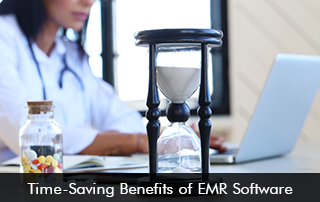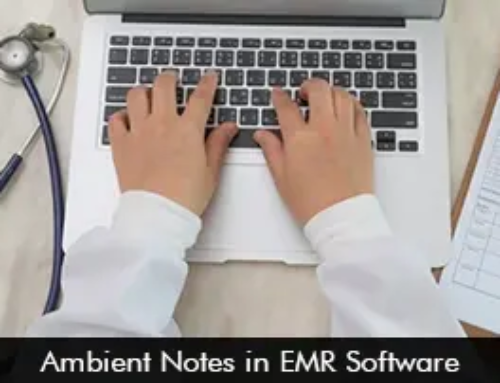The healthcare sector and its operations have been revolutionized with the advent of Electronic Medical Records (EMR) Software technology. The robust EMR System has features that can automate and hence speed up and streamline daily tedious clinical, administrative, and financial workflows. Many healthcare organizations have realized efficiency and productivity by implementing EHR Software.
EMR Software Satisfaction by Medical Specialty
- High Satisfaction – Medical specialties like pediatrics, hospital medicine, family medicine, and internal medicine report high levels of satisfaction according to a KLAS Report. The providers feel satisfied with the Electronic Health Records (EHR) Software because of efficient workflows, functional features, and adequate training opportunities.
- Lower Satisfaction – Lower satisfaction scores are more common in orthopedics and cardiology. Common challenges that are roadblocks to satisfaction include low functionalities and inefficient EMR Software.
The Time-Saving Benefits of EHR Software
When healthcare providers utilize Electronic Medical Records Software they can save time in the following ways:
Simplified Documentation
Manual entry, filing, and retrieval of traditional paper data can be laborious and time-consuming. EMR software shortens the time spent on paperwork by facilitating rapid data entry and simple access to patient records. Many prominent software vendors such as athenahealth EMR Software, and Epic EMR Software have leveraged the power of generative AI to automate documentation with voice recognition tools.
Automated Processes
Many administrative workflows, like appointment scheduling, sending bills, and getting prescription refills, are automated by EHR systems. By eliminating the need for manual intervention, this automation frees up time for medical staff to concentrate on patient care. This boosts daily productivity and even improves user satisfaction.
Swift Access to Patient Information
Healthcare professionals can obtain a patient’s whole medical history, including test results, radiology reports, and previous treatments—instantaneously with electronic medical records software. With this rapid access to data, providers can make quick and well-informed decisions at the point of care, which does away with the need to go through physical data.
Streamlined Billing
Integrated billing tools in EMR software simplify the billing procedure. Automated coding and claim filing decrease errors and cut down on administrative work time, which speeds up reimbursements. This helps to maintain the financial health of hospitals and practices.
Factors that Influence EHR Software Efficiency and Satisfaction
- System response time
- Intuitive software interface
- Customization opportunities to meet specific workflow requirements
- Efficient integration with other systems
- Adequate training and reliable customer support from the EMR Software vendor.
The effectiveness and automation that Electronic Medical Records (EMR) systems offer not only streamline operations generally but also raise the standard of patient care.








